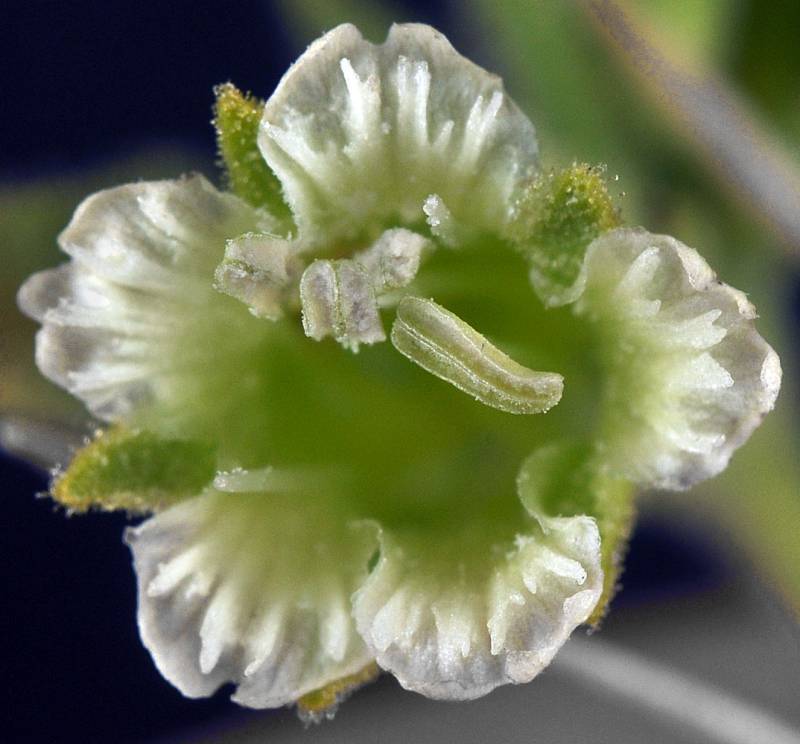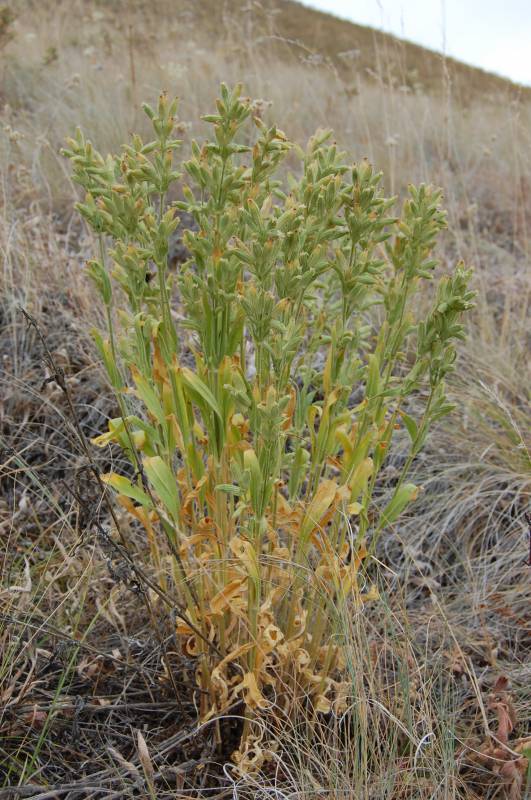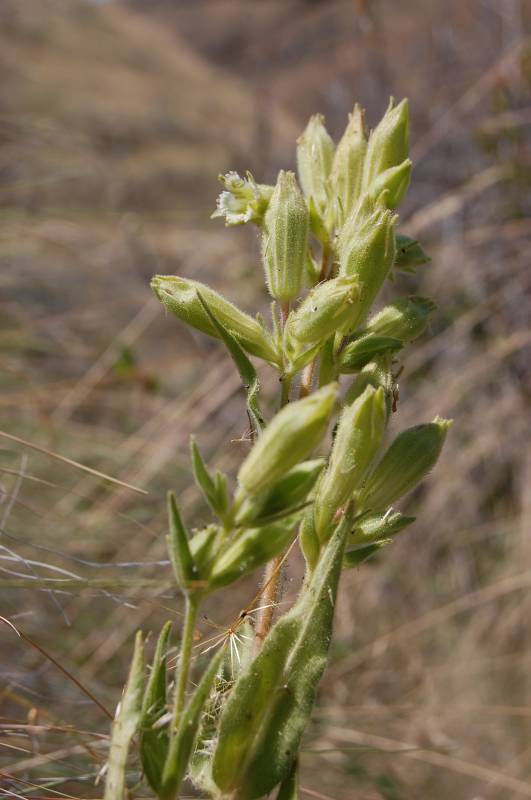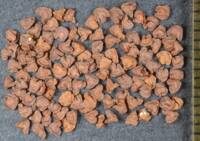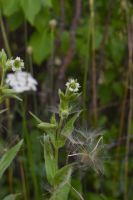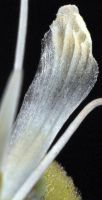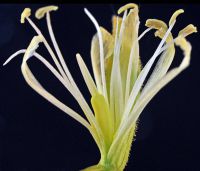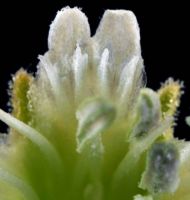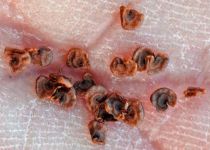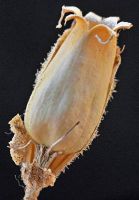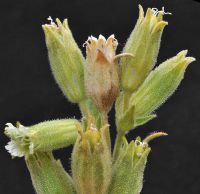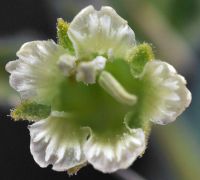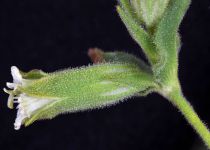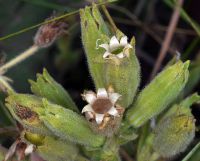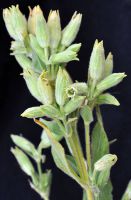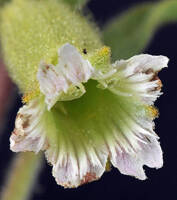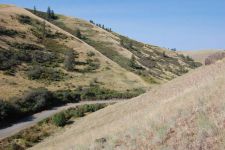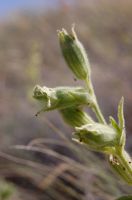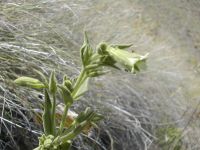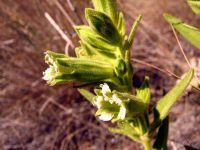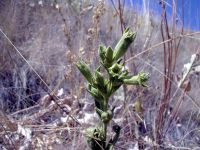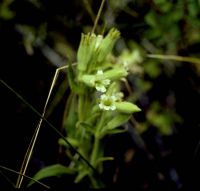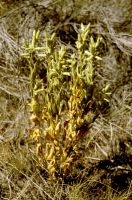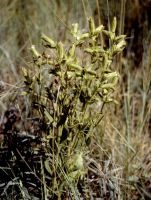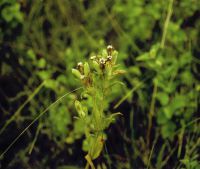Distribution: Occurring east of the Cascades crest in the eastern and southeastern counties in Washington; eastern Washington to adjacent northeastern Oregon and western Idaho, also in western Montana.
Habitat: Sagebrush, scabland and ponderosa pine forests.
Flowers: June-July
Origin: Native
Growth Duration: Perennial
Conservation Status: Threatened in Washington (WANHP)
Pollination: Self-pollination, moths, hummingbirds
Woolly, viscid perennial from a simple or branched crown, the stems 2-6 dm. tall.
Cauline leaves 5-7 pairs, oblanceolate below and lanceolate above, 6-7 cm. long and 5-15 mm. broad, sessile.
Flowers several to many in a leafy, compact inflorescence; calyx 5-lobed, tubular, about 15 mm. long, 10-nerved; petals 5, white, the claw about 15 mm. long and the blade 2 mm. long, ovate, entire; appendages four, 0.5 mm. long; stamens 10; styles 3.
Capsule 1-celled.
Publication: Proc. Amer. Acad. Arts. 10: 344. 1875.
PNW Herbaria: Specimen records of Silene spaldingii in the Consortium of Pacific Northwest Herbaria database
WA Flora Checklist: Silene spaldingii checklist entry
OregonFlora: Silene spaldingii information
E-Flora BC: Silene spaldingii atlas page
CalPhotos: Silene spaldingii photos

